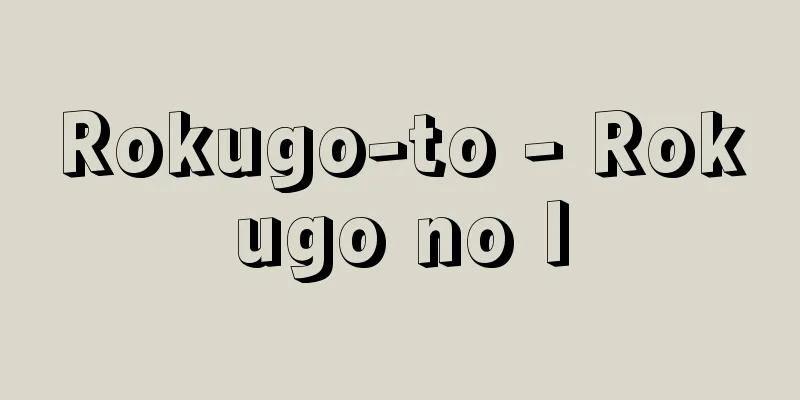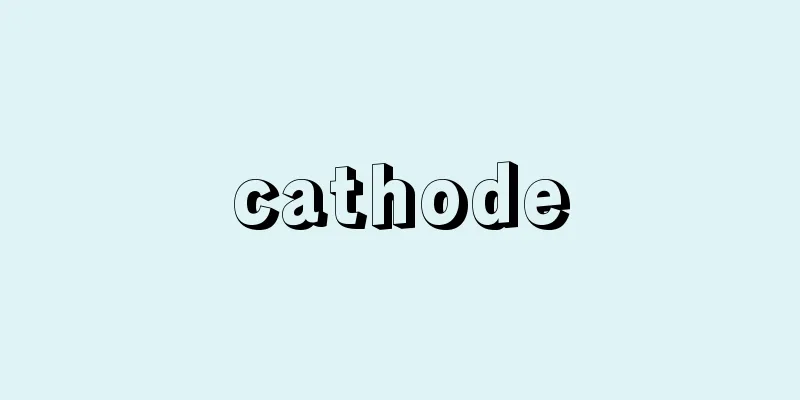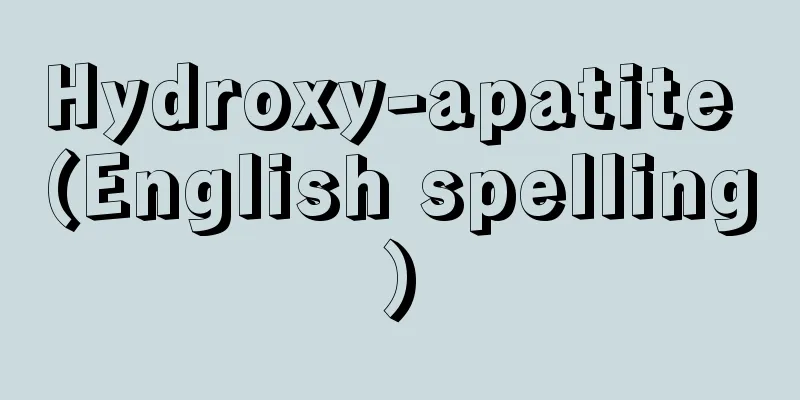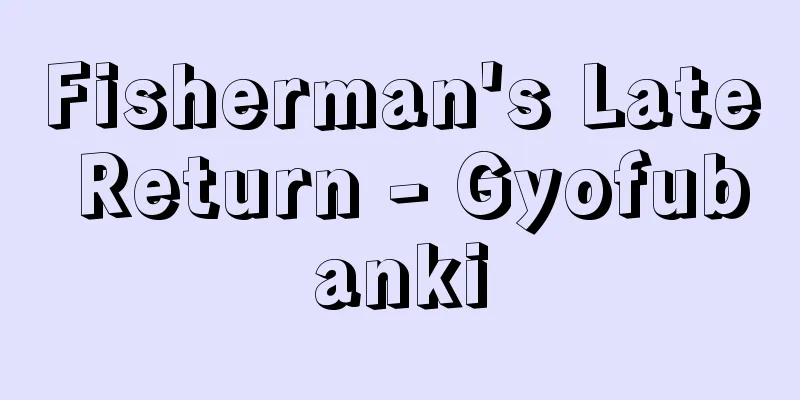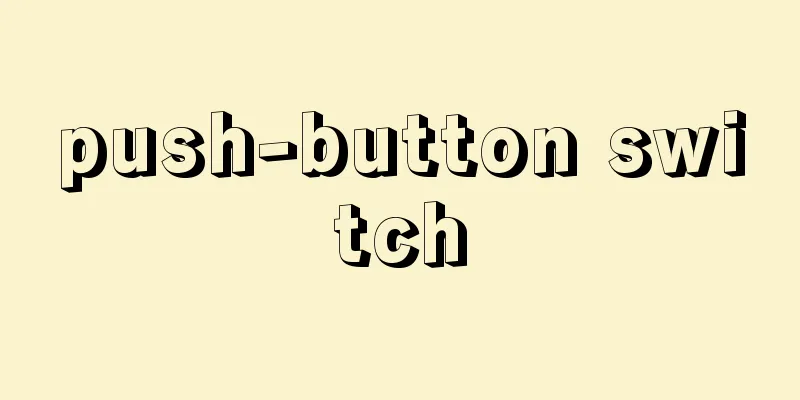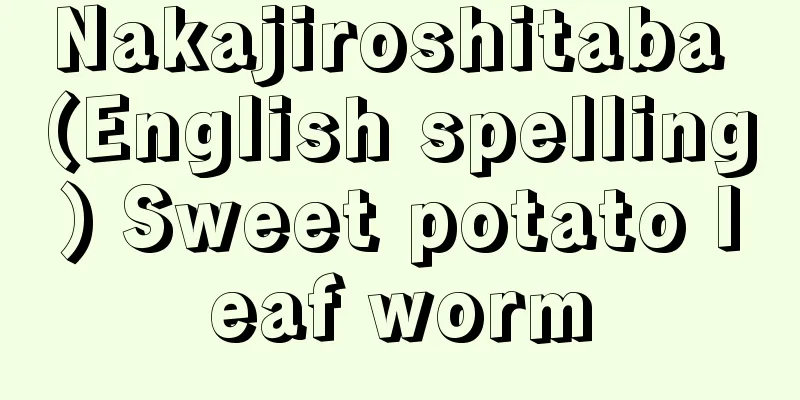Ouroboros - Ouroboros (English spelling)
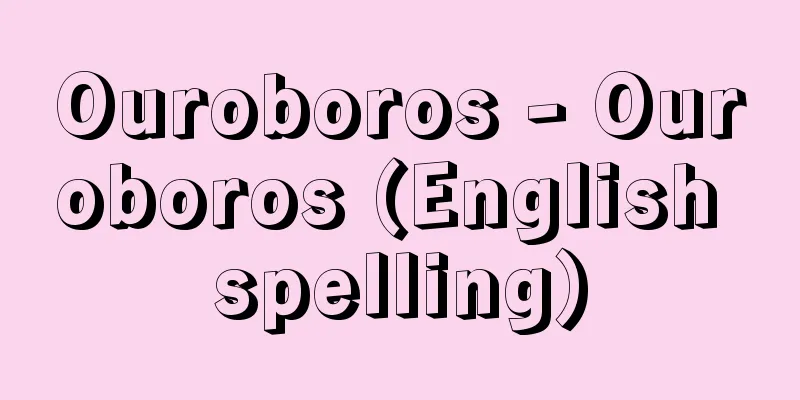
|
A snake or dragon that bites and swallows its own tail to form a circle. A circle is considered a symbol of perfection, eternity, and immortality because the beginning and end coincide, in other words, there is no beginning and no end, and was used as a symbol in creation myths and Gnosticism. Until Kepler's discovery of elliptical motion, it was believed that celestial bodies above the moon move in perfect circles, and those below the moon move in imperfect straight lines. According to Cesare Ripa's (c. 1560-c. 1620) Iconologia, Francesco Barberini's (1597-1679) personification of "Eternity" is depicted as a woman with lush blonde hair that hangs down to her shoulders, holding golden spheres in her raised hands, and wearing a star-studded dress. Her thighs below the waist cross and join like snakes, enveloping her in a circle like an Ouroboros. In the collection of emblems by Andrea Alciati (1492-1550), a painting of a bare-chested, beardless Triton floating in the sea blowing a conch shell is depicted as an emblem representing the motto "Immortality is attained through academic research," surrounded by the Ouroboros. Furthermore, according to Jung, in alchemical texts, the Ouroboros, which eats the tails of each other, copulates, impregnates, kills, and regenerates, is a symbol of Hermaphroditus (the bisexual son of Hermes and Aphrodite in Greek mythology), which is made up of two opposing things such as man and woman, the sun and the moon, and nous (spirit) and physis (nature), but at the same time it is a symbol of the union of these opposing things. On the one hand, it is a deadly poison, a basilisk (a monster from Greek mythology that is said to have killed people with its breath or gaze) and a scorpion, and on the other hand, it is a panacea and a savior. [Yoneda Kiyohiro] "Psychology and Alchemy I and II" by C. G. Jung, translated by Koichi Ikeda and Michio Kamada (1982, Jinbun Shoin) " "Ouroboros, the Genealogy of Literary Imagination" by Koya Takahashi (1980, Shobunsha) [References] | | | |Source: Shogakukan Encyclopedia Nipponica About Encyclopedia Nipponica Information | Legend |
|
自らの尾を噛(か)んで飲み込み円を形づくる蛇または竜のこと。円形は、始めと終わりが一致すること、いいかえれば始めもなく終わりもないことから、完全、永遠、不滅の象徴とみなされ、天地創成神話やグノーシス派で象徴図として用いられた。ケプラーによる楕円(だえん)運動の発見までは、月よりも上の天体は完全な円運動をし、月下界では不完全な直線運動をすると考えられていた。チェーザレ・リーパCesare Ripa(1560ごろ―1620ごろ)の『イコノロジア』によれば、フランチェスコ・バルベリーニFrancesco Barberini(1597―1679)の「永遠」の擬人像は、豊かな金髪を肩まで垂らし、あげた両手に黄金の球を持ち、星をちりばめたドレスを着た女性の姿で表されている。そして、腰から下の大腿部(だいたいぶ)は蛇のように交差して合体し、ウロボロスのように円形をなして彼女自身を包み込んでいる。また、アンドレア・アルチャーティAndrea Alciati(1492―1550)のエンブレム集の中には、「不滅は学術研究を通じて得られる」というモットーを表すエンブレムとして、腰まで裸でひげのないトリトンがほら貝を吹きながら海を漂い、その彼をウロボロスがとりかこむ絵が描かれている。さらに、ユングによれば、錬金術の文献において、われとわが尾を食らい、交合し、孕(はら)ませ、殺し、再生させるウロボロスは、ヘルマフロディトス(ギリシア神話でヘルメスとアフロディテの間に生まれた男と女の両性をもつ息子)として、男と女、太陽と月、ヌース(精神)とピュシス(自然)など対立する二つのものから成っているが、同時にまたこの対立物の合一の象徴でもある。それは一方では死をもたらす毒、バジリスク(息や眼光で人を殺したといわれるギリシア神話の怪獣)にして蠍(さそり)であり、他方では万能薬であり救済者である。 [米田潔弘] 『C・G・ユング著、池田紘一・鎌田道生訳『心理学と錬金術Ⅰ・Ⅱ』(1982・人文書院)』▽『高橋康也著『ウロボロス、文学的想像力の系譜』(1980・晶文社)』 [参照項目] | | | |出典 小学館 日本大百科全書(ニッポニカ)日本大百科全書(ニッポニカ)について 情報 | 凡例 |
Recommend
Kanzaki Janomedaisy - Kanzaki Janomedaisy
…It is a species of the genus Venidium of the Ast...
Chemise (English spelling)
A type of sleeved tunic-like undergarment worn by ...
Spindle whorl
A tool used to twist fibers to spin thread. It is...
coercive force
…The magnetization (OM) at this point is called r...
Atargatis
The great goddess of ancient Syria. She was associ...
Chikage Kato
Year of death: Bunka 5.9.2 (1808.10.21) Year of bi...
Emerald - Emerald (English spelling)
Another name for dark green beryl. It is also cal...
Feverwort
...It is distributed in Nagano Prefecture, northe...
slack
…If the cant is too large, there is a possibility...
"Cheers Song" - Kanpai no Uta
...Because of the romanticism of the content and ...
Shadow Needle Event - Shadow Needle Event
...In the old tale of Yumemi Kozo, there are need...
Crimean Peninsula - Krymskiy Poluostrov (English spelling)
A peninsula on the Black Sea at the southern tip ...
Dientzenhofer, L.
…A family of late Baroque architects active in Ba...
Awano Shunkei Lacquerware
A regional brand of Ibaraki Prefecture in the Kant...
Dake [Hot Spring] - Only
9km west of Nihonmatsu city, Fukushima prefecture....
